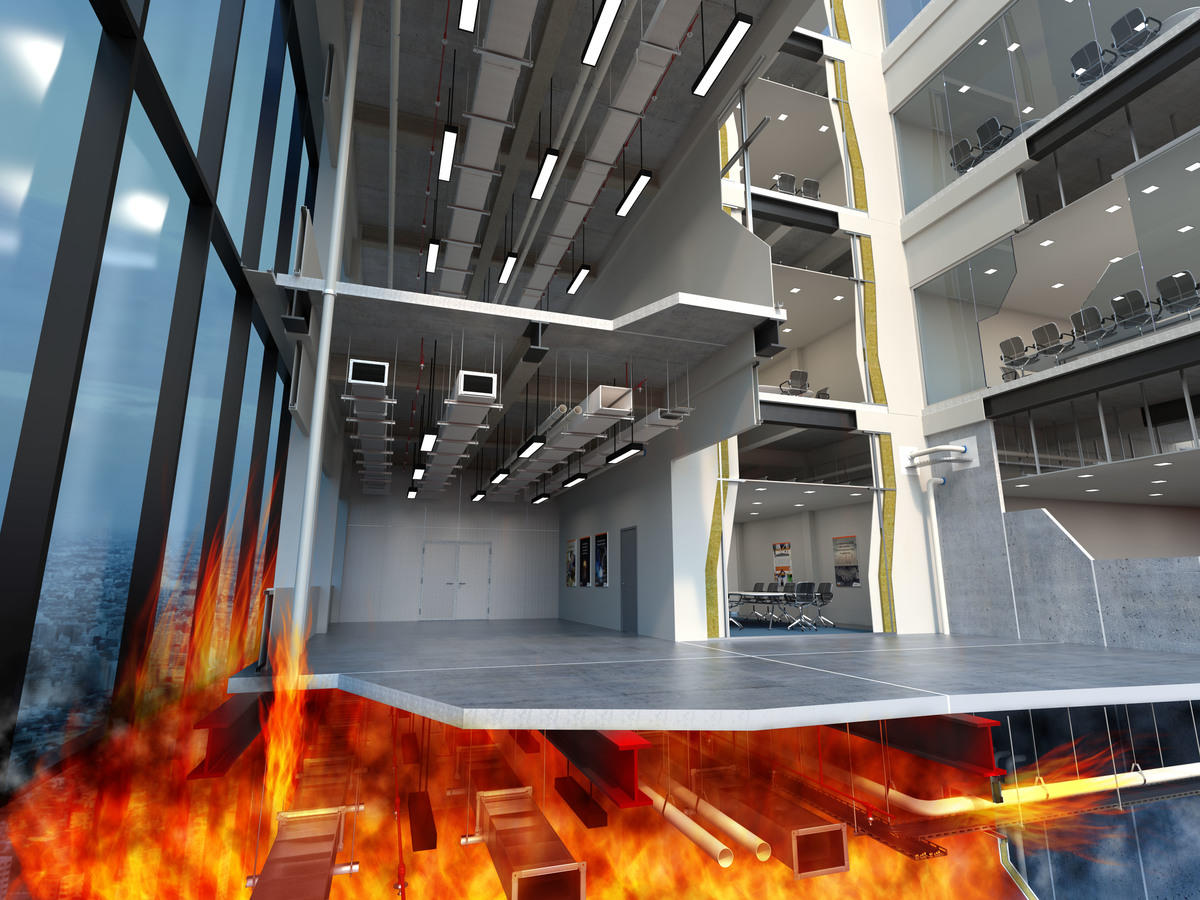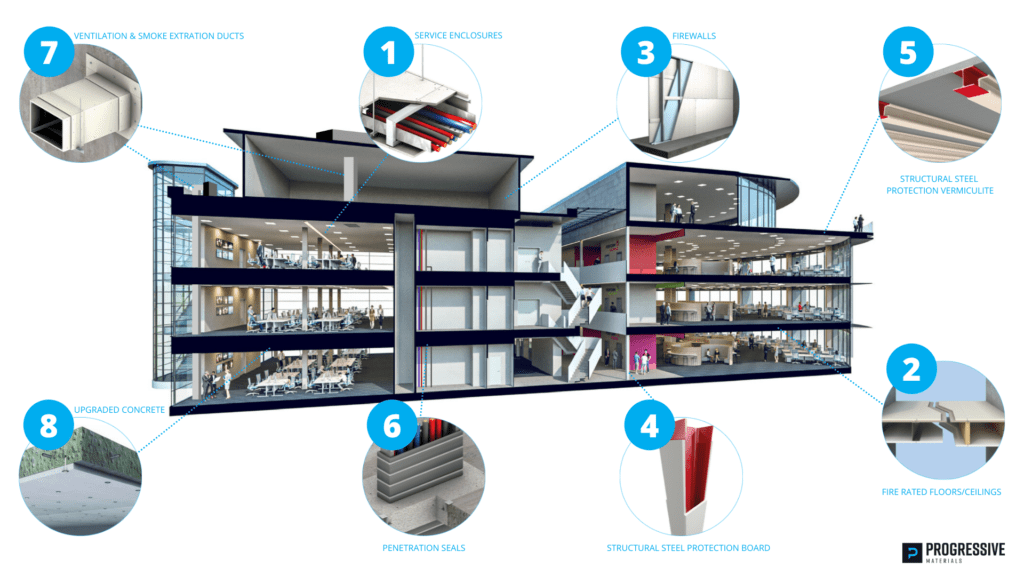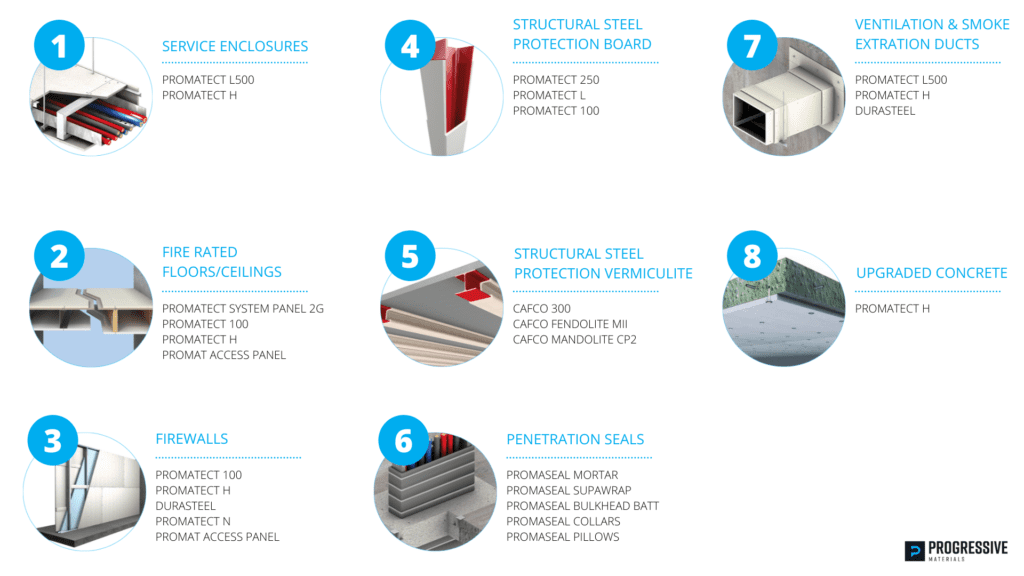Passive fire protection is integral to building design and performance here at Constructive Building Consultants, and typically becomes more prevalent as the complexity of the building increases. Essentially, passive fire protection refers to the use of materials and products to contain fires or slow their spread.
Appreciating the phenomena of fire and developing a knowledge and understanding of fire behaviour and material and product performance is essential to Building Surveyors. This knowledge and understanding is particularly important when analysing passive fire protection within a building.
Testing of passive protection systems is performed according to specific guidelines and procedures described in Australian Standards such as AS 1530.4 and AS 4072.1. The required tests will typically analyse properties such as thermal insulation, combustibility, flame propagation and smoke development.
Building Surveyors are responsible for ensuring buildings have elements which will maintain structural stability during a fire and resist the spread of fire while not contributing to the development of smoke and toxic gases within a building. To this extent, Building Surveyors must have a sound knowledge of the different materials, products and systems commonly used to uphold the BCA requirements for fire resistance, stability, compartmentation and separation. Below are some examples of passive fire protection materials and products, as well as some infographics courtesy of Progressive Materials.
- Fire rated boards, e.g., gypsum board, fibre cement, steel.
- Fire retardant coatings, e.g., intumescent paint, vermiculite spray.
- Fire collars.
- Fire stopping, e.g., fire batts, fire mastic, fire sealant.
- Fire dampers.
- Fire rated access panels.
For further information on fire stopping for penetrations, check out Industry Bulletin 118.



